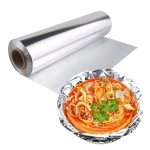When it comes to food storage, finding effective methods to maintain freshness, flavor, and safety can be a challenge. Aluminum foil stands out as a versatile and essential tool in every kitchen. Not only does it serve as a simple barrier against air and moisture, but it also offers unique advantages that can transform the way you store food. In this article, we’ll explore smart tips for using aluminum foil for efficient food storage solutions, ensuring your meals remain optimal for consumption.
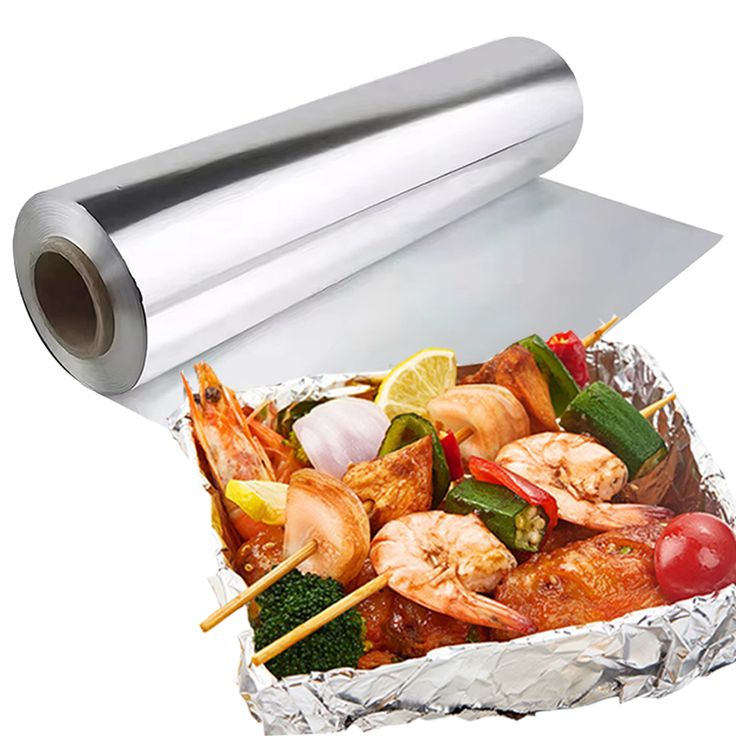
Understanding the Basics of Aluminum Foil
Aluminum foil, a thin sheet made from aluminum, is a staple in modern kitchens. Its primary function revolves around its ability to create a barrier against environmental elements, such as moisture, light, and air. By understanding how aluminum foil works, you can harness its benefits effectively. Unlike plastic wraps, which can sometimes allow small amounts of air to penetrate, aluminum foil seals tightly around food, significantly reducing oxidation and spoilage. This property makes it particularly advantageous for storing leftovers, wrapping meats, or even covering dishes to prevent drying out during cooking.
Moreover, aluminum foil is heat-resistant and can withstand high temperatures, making it an ideal choice for oven cooking and food storage at various temperatures. When using aluminum foil, you must be mindful of its potential environmental impact. However, it’s recyclable, which adds to its practicality when you consider the lifecycle of your kitchen items. As we delve into various uses, you’ll discover how to maximize aluminum foil’s potential and minimize waste in your food storage habits.
Wrapping Leftovers: The Right Way to Use Aluminum Wrap
Wrapping leftovers effectively can mean the difference between enjoying a delicious meal later or tossing it out due to spoilage. To achieve maximum freshness with aluminum foil, follow certain steps. First, allow hot foods to cool before wrapping them. Sealing hot food can trap steam, promoting moisture buildup that leads to sogginess and potential spoilage. Once cooled, cut a piece of aluminum foil large enough to entirely encompass the food item, ensuring a tight seal.
For best results, fold the edges of the foil tightly over the food. For items like lasagna or casseroles, consider creating a double layer by using an additional piece of foil. This helps protect against freezer burn when storing in the freezer for longer durations. When you’re ready to reheat, remove the foil and allow the food to steam slightly for a fresher taste. Understanding the wrapping process not only prolongs the life of your leftovers but also enhances your meal experience when you finally decide to indulge.
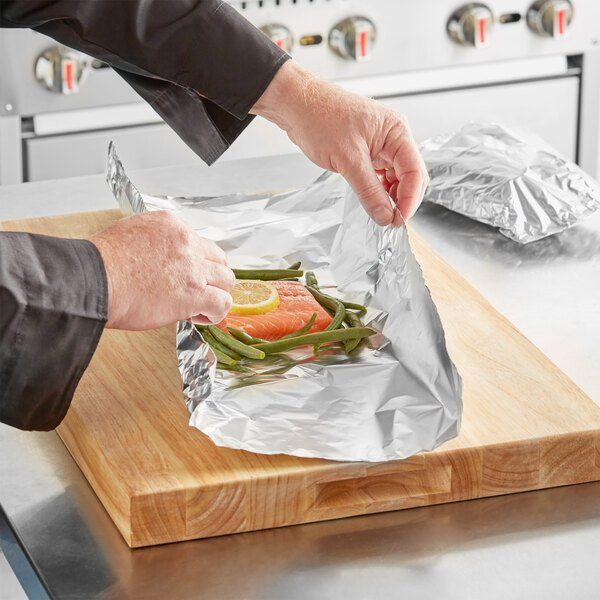
The Multifaceted Uses of Aluminum Wrap for Food Protection
Beyond merely wrapping, aluminum foil shows remarkable flexibility in food protection. Its malleable nature allows for a variety of creative applications in the kitchen. One interesting method is crumpling the foil to create barriers that separate food items. This technique is particularly useful for keeping different foods apart when stored together. For example, crumple a piece of foil, flatten it slightly, and use it as a divider in storage containers. This prevents food items from clashing and losing their unique textures and flavors.
This method works exceptionally well for storing fruits alongside hard cheeses without the risk of one food affecting the other’s taste. For instance, placing apples next to blue cheese can lead to undesirable flavor transfers. The foil helps maintain the identity of each food.
Another creative application involves using aluminum foil to cover dishes when marinating meats or vegetables. By sealing the dish tightly, the foil prevents the absorption of unwanted odors from your fridge. This allows the marination process to occur without interference from other scents. Additionally, when preparing for events or potlucks, aluminum foil can be fashioned into makeshift containers. This keeps hot foods warm during transport, which is especially handy for gatherings.
The versatility of aluminum foil not only simplifies food protection but also serves as an innovative ally in various culinary tasks. Whether you are separating ingredients, marinating proteins, or transporting dishes, aluminum foil adapts to your needs. Embracing its multifaceted uses can elevate your food storage strategies significantly.
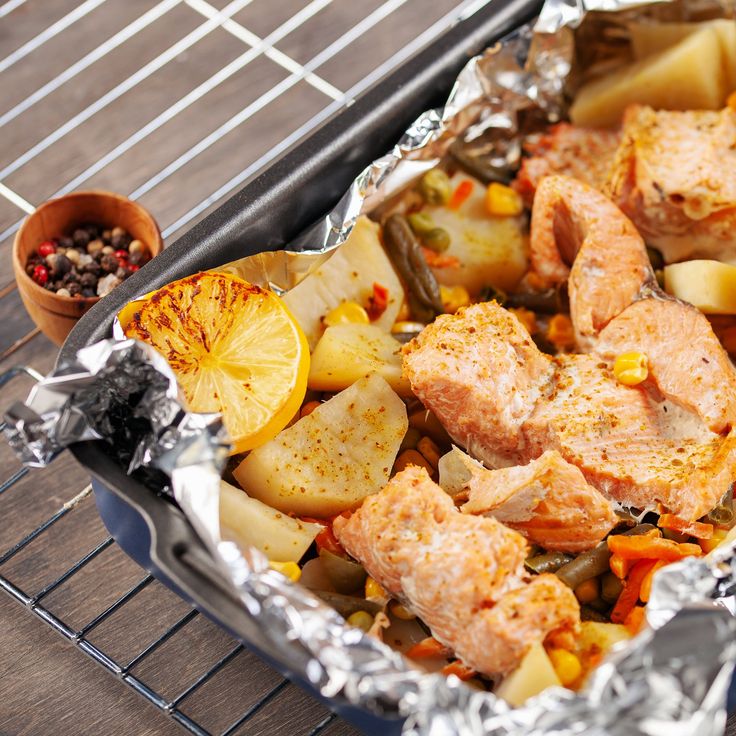
Freezer-Friendly Solutions with Aluminum Wrap
Freezing food provides an outstanding solution for long-term preservation, but it’s crucial to utilize correct methods to avoid freezer burn. Aluminum foil is perfect for freezer storage due to its dense composition. When wrapping meats or baked goods for freezing, ensure the foil completely encases the product, with no exposed areas. By doing so, you minimize the exposure to cold air that leads to freezer burn.
For items like baked goods, consider layering parchment paper between the item and the foil. This prevents sticking and preserves texture upon thawing. When stacking items in the freezer, use aluminum wrap’s ability to wrap neatly around uneven shapes, ensuring efficient use of space. If you plan to freeze cooked meals, label your foil-wrapped items with the contents and date of preparation. Not only does this practice enable you to keep track of your stashed food, but it also helps prevent the duplicate storage of similar dishes, saving time and effort upon mealtime.
Aluminum Foil vs. Plastic Wrap: Choosing the Best Option
The debate between aluminum foil and plastic wrap remains a common topic among home cooks. While both serve essential roles, aluminum foil offers distinct advantages in specific scenarios. Plastic wrap is often more suited for quick-cover solutions, particularly for liquid-based items or dishes that require a flexible seal. However, when it comes to meat storage or items sensitive to oxygen, aluminum foil reigns supreme due to its airtight properties that significantly extend freshness.
Additionally, aluminum foil prints the integrity of hard cheeses and meats by preventing excess moisture from fostering bacterial growth. It might also serve well in preserving crispy textures, as it mitigates steam accumulation during reheating. On the other hand, if you require a transparent visual check on food items, plastic wrap provides an advantage. In essence, each option offers unique benefits, but for the most part, aluminum foil edges out plastic wrap in terms of longevity and sealing capabilities.
foil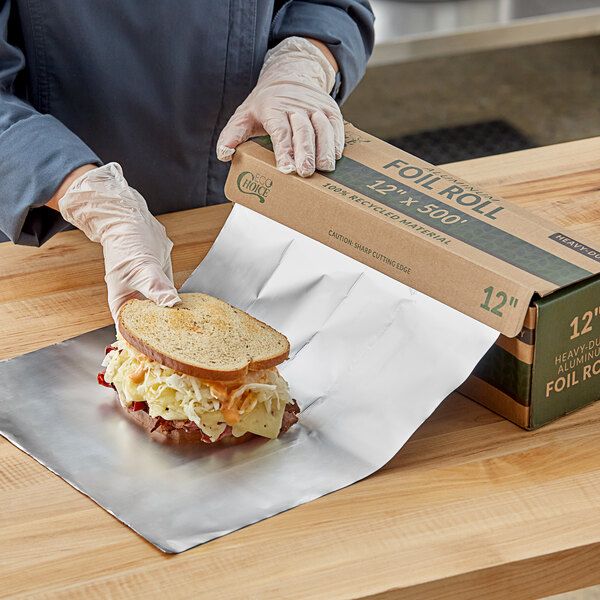
Creative Food Storage Hacks Using Aluminum Wrap
Innovation doesn’t stop at the common uses of aluminum . Let’s explore some creative food storage hacks that maximize aluminum foil’s capabilities. For instance, create a makeshift funnel by rolling a piece of foil into a cone shape, allowing you to pour dry ingredients without mess. This approach works well for transferring flour or sugar into smaller containers.
Another hack involves using aluminum foil to maintain the freshness of herbs. Wrap fresh herbs tightly in foil to keep them crisp for weeks. The foil acts as a barrier against moisture loss and protects against ethylene gas emitted by fruits, allowing herbs to retain flavor longer. You can also use aluminum foil to maintain the crispness of pizza by wrapping it before placing it in the oven. This step ensures that the crust doesn’t become soggy while reheating.
Safety and Precautions When Using Aluminum Wrap
Despite aluminum foil’s many benefits, certain precautions are necessary to ensure safe usage, particularly in high-heat applications. Avoid exposing aluminum foil to acidic or salty foods, as these can react with the aluminum and compromise food safety. Likewise, caution is advisable when using aluminum foil in the microwave. Foil can create sparks and cause fires if it comes into contact with microwave walls. If you wish to cover a dish in the microwave, consider using a microwave-safe cover instead.
When storing food, keep aluminum foil away from direct contact with raw meats. It’s crucial for avoiding cross-contamination that could lead to foodborne illnesses. Maintain proper hygiene standards by washing your hands and food preparation surfaces before handling food wrapped in aluminum wrap. By observing these safety measures, you can fully enjoy the benefits of aluminum foil in your food storage practices without compromising your health.
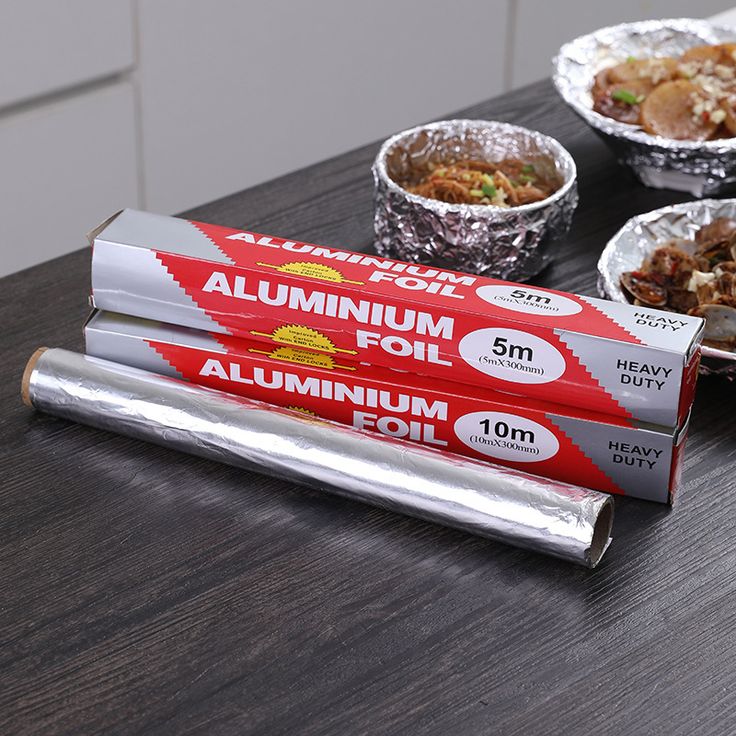
Conclusion: Optimize Your Food Storage with Aluminum Wrap
In summary, aluminum foil serves as an indispensable ally in efficient food storage solutions. Understanding its properties and employing smart techniques can help you maintain the quality of your food, prolong its life, and enhance your culinary creativity. From wrapping leftovers and freezing food to exploring innovative hacks, aluminum wrap offers remarkable versatility that every cook should leverage.
Implementing these smart tips into your kitchen routine allows you to optimize food preservation while minimizing waste. As you adapt these practices, you’ll find that aluminum foil is more than just a kitchen staple; it’s a game-changer in efficient food storage and preparation. Embrace the power of aluminum wrap today and transform your food storage solutions into an effortless and enjoyable experience.

